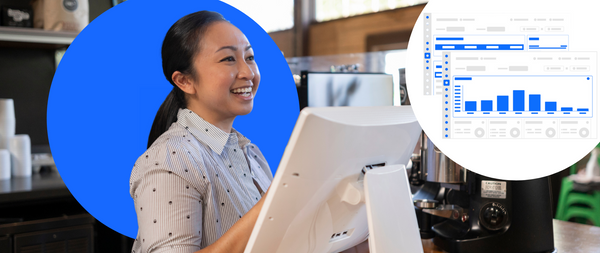Understanding your food cost percentage is the first step in making smarter decisions for your restaurant. If it's too high, opt to make changes that will increase your viability.

How to calculate your food cost percentage?
Your food cost percentage is a way to measure how much your food costs versus how much you charge your guests. Most restaurants use the following formula to calculate their food cost percentage:

Here’s how to break that down.
- Calculate the value of the food on your shelf at the start of the month.
- Add the amount of food you purchase in the month.
- Subtract the amount of food on your shelf at the end of the month.
*This gives you a “cost of good sold” figure. - Divide this figure by the revenue brought in by food sales during the month.
- Multiply this figure by 100 to give you a percentage.
Fast food restaurants should target a food cost percentage of 28% while sit-down restaurants should aim for 35%, with steakhouses and fine-dining rising a bit higher.
3 ways to streamline your costs.
Is your food cost percentage too high for your liking? Here’s how to keep your costs down:
1. Eliminate waste.
- Measure exact portions, instead of using a “handful” of cherry tomatoes.
- Portion out ingredients so that nothing is wasted.
- Write step-by-step instructions for food preparation.
- Use point-of-sake reporting as well as reservation and waitlisting software to forecast food needs.
2. Design your menu strategically.
- Promote your most profitable menu items at the top to make them stand out.
- Advertise your most profitable dishes via a table tent or pop-up alert on your online menu.
- Cut unprofitable menu items from your menu altogether.
- Optimize one menu for online ordering, takeout, and delivery, and another for dine in.
3. Track your costs.
- Find the right supplier for your business.
- Organize and streamline your data and reports to gain more robust insights on what you can cut.2
- Cut costs in other places like labor, equipment, or running costs (if your food cost percentage is stubborn).
Sources:
- RestaurantOwner.com; https://www.restaurantowner.com/public/Restaurant-Rules-of-Thumb-Industry-Averages-Standards.cfm
- SpotOn “7 Restaurant POS Reports to Increase Profit Margins”, https://spoton.com/blog/7-restaurant-pos-reports/








